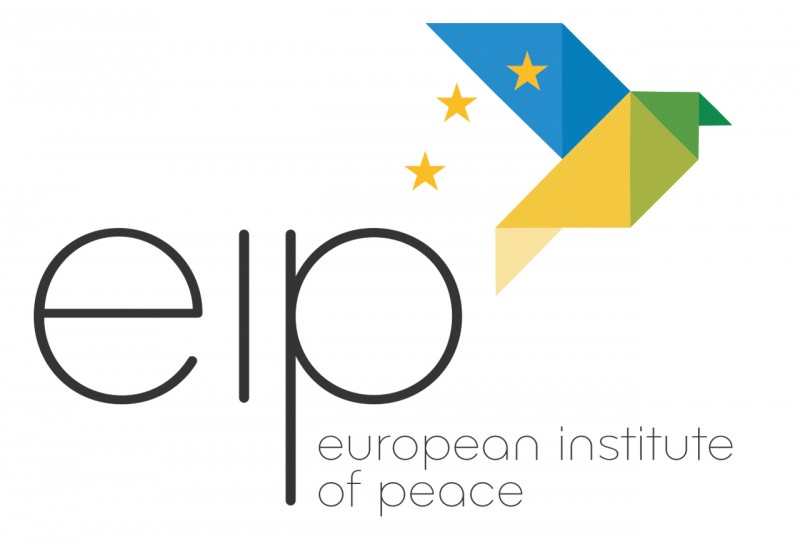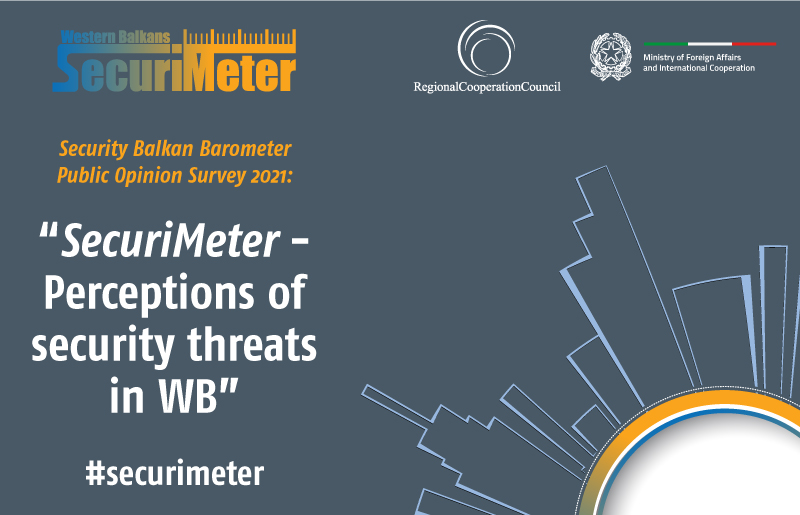- Home/
- News
How to prevent violent extremism and radicalisation?

The European Institute of Peace is a non-profit public foundation which contributes to and complements the global peace agenda of the European Union, primarily through mediation and informal dialogue.
The terrorist attacks in Brussels have resulted in a political debate on how to strengthen police cooperation across Europe and whether European countries need to improve capacities for intelligence sharing. But this is only one side of the story. What's missing from the debate is a better understanding of how prevention works and why we need it. By Camille Schyns and Andreas Müllerleile
In this article we look at some of the existing models that were developed to prevent radicalisation and violent extremism: a city in Denmark that developed an effective mentoring programme, a German project that offers extremists a perspective to reintegrate into society, a city in Belgium that is different from the rest of the country or a project in Asia that works with radicalised prisoners.
Denmark: The Aarhus model
Aarhus, the second largest city in Denmark, made headlines when it adopted a policy to dissuade young people from joining ISIS or al-Qaeda. The city offers specific counselling and mentoring services for those who have radicalised, as well as exit programmes for those who support or are prepared to carry out violent acts. The Aarhus model is also known for its focus on rehabilitation of fighters that have returned from Syria. Here, rehabilitation involves parents, family networks, social workers and teachers, who all provide support for young people at risk.
Why it works
The Aarhus model works because it has created trust between authorities and the social environment in which extremists operate. As Allan Aarslev, the police commissioner that runs the programme, remarked, ‘I would like to prosecute these people’ but in the absence of evidence, ‘it’s better to help them when they come back than to leave them alone’. Aarhus is also known for its 'exit programmes' which are designed as ‘microlevel’ interventions: instead of imprisonment they offer employment options for those that want to leave extremist organisations.
The numbers are promising: while in 2013, 31 individuals left Aarhus to fight in Syria, 2014 saw one departure, while 2015 saw three. This is largely due to the tailored approach of the city which is based on an understanding that the process of radicalisation is different for each individual
Belgium: The Mechelen model
The city of Mechelen, half an hour away from Brussels, is another example how communities can deal with radicalisation. Of all European countries, Belgium has the highest number of foreign fighters. Mechelen is a multicultural city with a large Muslim community, similar to other Belgian cities that saw many young people traveling to Syria. But in Mechelen things are different: nobody left to fight in Syria or Iraq. The city has adopted an ‘integral’ approach’ with a strong focus on prevention, in which policing and community dialogue go hand in hand. The experiences in Mechelen show us that a strong focus on security needs to be complemented with a wide range of preventive methods.
Why it works
We went to Mechelen and asked the mayor, police officers and social workers why the Mechelen model works. Click here to watch our short video
United Kingdom: PREVENT strategy
The UK’s 'Prevent strategy' is part of a broader framework on countering violent extremism (CVE), known as CONTEST. CONTEST is based on four areas: Pursue, to stop terrorist attacks; Prevent, to stop people becoming terrorists or supporting terrorism; Protect, to strengthen our protection against a terrorist attack; and, Prepare, to mitigate the impact of a terrorist attack.
Prevent is focused on responding to the ideological challenge posed by terrorism and extremism, and the promotion of extremist beliefs. Through engaging with different sectors, it aims to offer practical help to those most vulnerable to extremist ideologies and provide them with advice and support, i.e. through theChannel process. This can involve supporting community based campaigns, mentorship programmes, capacity building, supporting local authorities, and more.
Does it work?
Perhaps the best known of Europe’s preventive models, Prevent has received significant criticism since its inception following the London bombings in 2005. A former senior Muslim police officer has accused Prevent of not only being unsuccessful, but being counter-productive and discriminatory against Muslims. While this criticism has been echoed elsewhere by practitioners and academics, the government maintains that ‘Prevent would tackle all forms of terrorism, not just Islamist-related terrorism’.
While success in other strategies, such as Pursue, is more easily quantifiable, measuring the success of Prevent is very difficult. Record numbers of people have been enlisted inChannel; in 2015 almost 4,000 children aged 9 and under were admitted to the Channel Programme, three times the number from 2014. Nonetheless, while Prevent has been successful in raising awareness, the root causes of radicalisation in the UK remain. Meanwhile, radicalised individuals continue to leave the UK to fight in Syria and Iraq for extremist groups. While other elements of UK CVE policy have proved effective at addressing the symptoms of violent extremism, Prevent has yet to identify and address the causes.
Singapore: Religious Rehabilitation Group
After the arrests of suspected Jemaah Islamiyah militants, who planned a series of attacks against Western embassies and US naval vessels in 2002, the Singapore government started a large-scale deradicalisation initiative. One of the projects is known as the Religious Rehabilitation Group, an unpaid, volunteer group of moderate Islamic scholars and teachers who offer religious counselling to detained extremists and their families. However, the aims of the programme go beyond work with prisoners, the Religious Rehabilitation Group also challenges violent readings of Islam by developing counter narratives based on Islamic scholarship.
Why it works
Singapore’s approach includes after-care initiatives, by which former extremists are rehabilitated in society. Involving former radicals in the process of prevention has proved to be an effective strategy to reach young people at risk of radicalisation. This Singapore approach is one of the innovative models in Asia, also because it addresses radicalisation in prisons - a problem largely ignored by governments around the world. Prisons have become ‘hotbeds’ for radicalisation where inmates are exposed to radical ideologies and organised recruitment efforts.
Germany: Exit to Enter
In Germany various approaches were developed with a focus on right-wing extremist groups. One notable programme is ‘Exit to Enter’, an initiative that helps individuals to leave far right groups by offering training opportunities or employment options. This approach does not combat racism and xenophobia; instead it offers ideas how to gradually address the underlying factors that allow extremist groups to develop.
Why it works
Evidence suggests that one of the success factors of the ‘Exit to Enter’ programme has been the recognition that dealing with extremism also needs to take into account socio-economic factors. Participants of the programme can find a way to leave extremist groups and they can (re)discover the option of a ‘normal’ life outside extremism. The programme has shown that this becomes increasingly appealing around the age of 25, at which point many extremists become disenchanted with the path they have taken when they were younger.
The long-term financial commitment of the German government was another factor why the programme has been successful. However, one of the valuable lessons from Germany’s exit programmes is that prevention does not happen overnight, it takes long-term strategies as well as adequate financial contributions to be effective.
Source: Link


 Development of specialized PCVE web site is funded by EU FUNDS CN 2017-386/831 - "IPA II 2016 Regional Action on P/CVE in the Western Balkans"
Development of specialized PCVE web site is funded by EU FUNDS CN 2017-386/831 - "IPA II 2016 Regional Action on P/CVE in the Western Balkans"